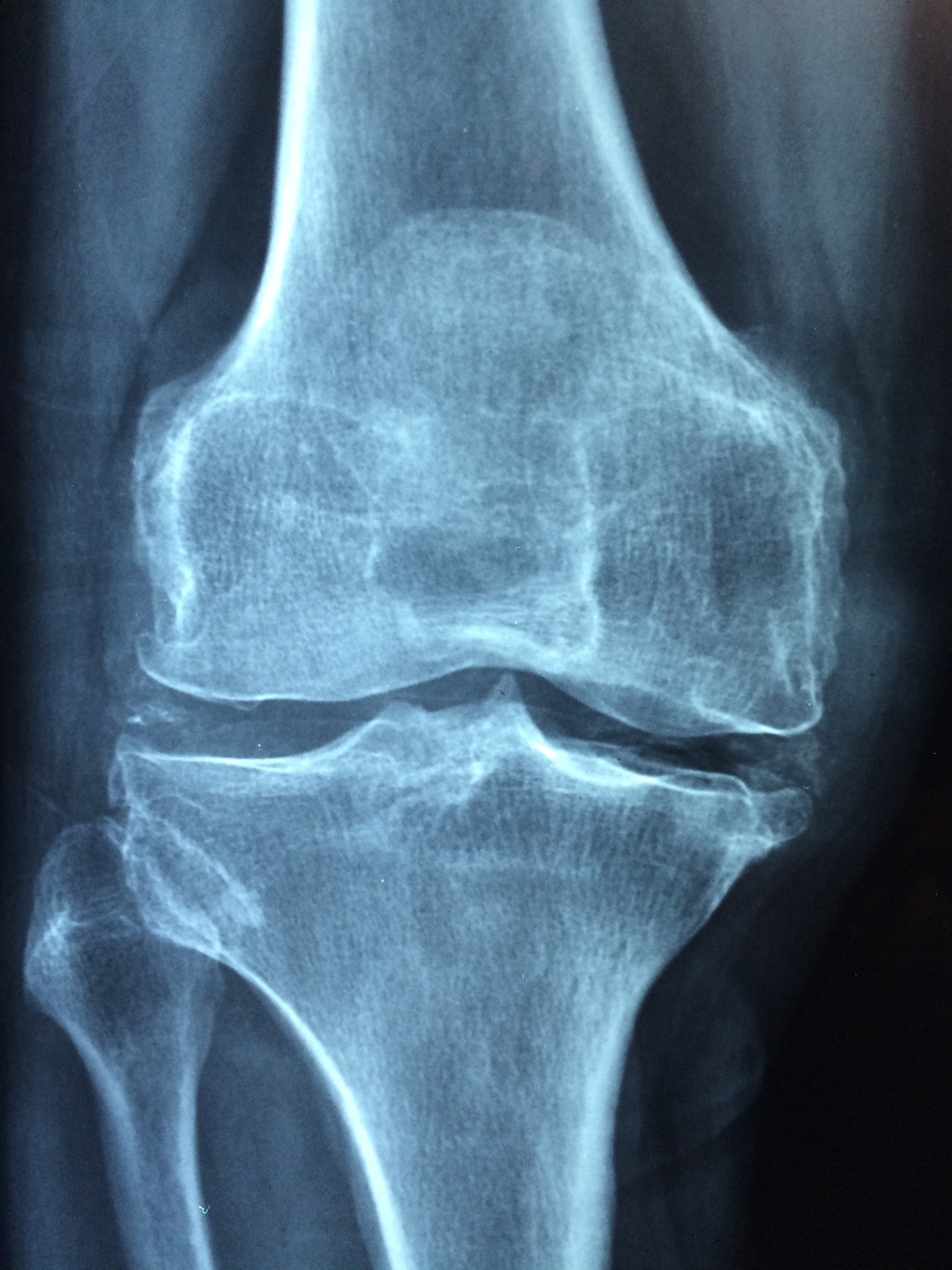Author: Bryan Lang, PT, DPT, MHA, CSCS, Cert.DN: Doctor of Physical Therapy, Business Owner, Associate Professor, and Blog Contributor. Explores common client questions, helps find solutions for every day functional health concerns, and interprets difficult theories in healthcare rehabilitation. Committed to life-long learning and education. Learn more about Bryan on Google+.
Starting off on the right foot
If you’ve ever experienced knee pain, you know how annoying it can be. Whether it’s hampering you from running a 10K, or if it’s causing you pain going up and down stairs, there are people and treatments that can help.
The first line of defense is physical therapy. We are movement specialists and with our knowledge of how the body works we can look an how you're running, squatting, or walking to identify what is going on.
Stop blaming your knees
The first thing I want to get across is that if you’re having knee pain, it’s not your knee’s fault. People often ask me “what exercises are there to strengthen my knee joints?” There are NO exercises that strengthen your knees joints. That’s because the majority of muscles that affect your knees are located at or around your hips and ankles (but primarily hips). Even the quadriceps and hamstrings, the primary muscles that bend and straighten the knee, only have their tendons actually cross the knee joint. The actual muscle part of those two muscle groups are all above the knee joint. If you have subtle weaknesses in your hips and ankles, your knees have to take up the extra stress. Your knees may hurt, but the cure to fixing knee pain most frequently lies in treating things above and below the joint too.
So what is really causing knee pain? The first thing to look at is your body alignment. There is one key assessment that we look for frequently in physical therapy and that is a Q angle. We all generally have a Q angle, but when the angle is larger than it should be, it increases the risk of having knee pain. Women most frequently have larger Q angles because their hips are wider. A larger Q angle places increased stress on the knee. This can happen particularly during dynamic activities (like running, jumping and squatting). Pain results in chronic and repetitive overloading of one side of the knee. Some muscles become too strong and some muscles become too weak. If you have wider hips, you can’t fix your Q angle, but you can decrease knee pain by strengthening some of your muscles that become weak. Usually, the lateral (external) rotators of your hip will become weak. As these muscles get stronger, it allows your hips to be stable during dynamic activities (running, squatting, and jumping) so less stress is placed on the knees. Below are a couple exercises that can help strengthen the lateral rotators.
There is usually an aggravating factor that causes knee pain to worsen. This can be something as active as running a half marathon, or as simple as walking up or down stairs. A skilled physical therapist will look at HOW you are performing the motion and most of the time, there are things that can be corrected. Below are some examples of odd running from people experiencing knee pain.
We’ve talked briefly about different muscles that can become weak and poor movement patterns that can affect knee pain, but muscles can also become too tight and that can also cause knee pain. Your quadriceps are some of the largest muscles of your thighs. They help straighten your knee and some of the muscles also help bend your hip. If these muscles become tight,
The other muscle that can become “tight” is the tensor fascia latae or more commonly called the IT band. You can put me on the record when I say that the IT band is RARELY tight. More often, it’s a combination hip weakness and tight musculature around the IT band that results in knee pain. Regardless, if you ask any runners elite runners if they have IT band pain, they will most likely say that they do (or at least that they have a lot of pain when they roll out their IT band on a foam roller). If you stretch the right muscles above and below the knee, it takes stress off of the knee complex. Below are a couple stretches that can improved hip and knee flexibility.
Good things come to those who wait
One last thing to tell those who have knee pain… results take time. When a knee starts hurting, things have been going on long before the pain started. For best results, the formula is consistent exercise, stretching, and work on form, mixed with a healthy dose of patience. If you perform all of the exercises above and you’re still feeling pain after 2 months, go in to see a physical therapist. They’ll be able to prescribe you some more specific exercises to improve your knee pain.




